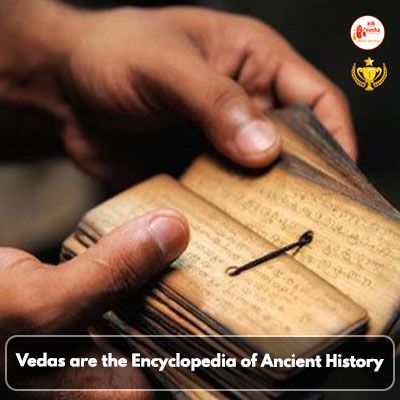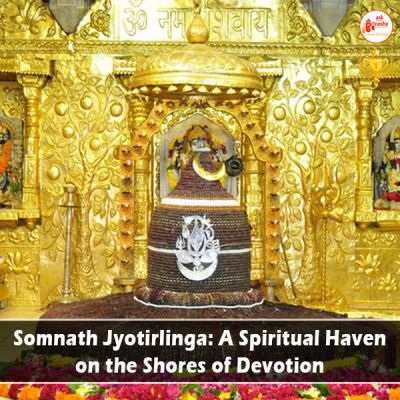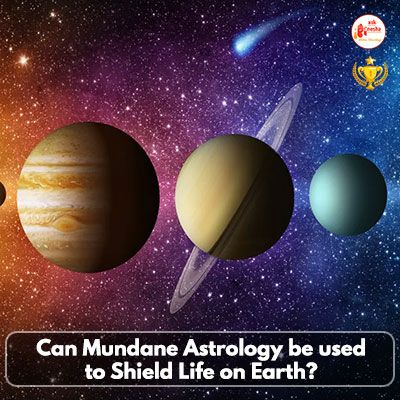Definition of Vedas:
Vedas are collectively defined as the hymns and large body of knowledge. These are written primarily in the Sanskrit Language between the 1500 and 1000 BCE. And these texts are religious scriptures consisting of chronologically accounting of Mythology. And this also includes prayers, formulas which are of Vedic origin. Etymologically speaking the term Veda is derived from the root word vid- which means the Knowledge and Wisdom.
In southern part of India the Vedas are called asMarai or Vaymoli. Where Marai literally means hidden or a secret mystery. Some south Indian Communities like the Iyengers, the word Veda included the Tamil Writings of Alvar saints. And writing the text named as- Divya Prabandham like Tiruvaymoli. Although, the ancient Vedic text is followed bt the oral recitation and retaining methods. It is used with the special Mnemonic techniques. They later on crafted by saints on bark of tree and parchment papers.
Content and structure:
The Vedas are divided into 4 parts. They are called The Vedic Sahinta or Collection of Four Veda:
Rig Veda:
The first and foremost Veda. It is the Veda of Knowledge of Praises and hymns, mainly for recitation.
Sam Veda:
The Second Veda is the Veda that is meant for melodies and melodic chanting.
Yajur- Veda:
This is the third Veda that consists of the knowledge of sacrificial formula, for the liturgy process.
Atharva- Veda:
They are the Vedas of Knowledge of Magical formulas named after a group of priests and mystics. Rig Veda is the largest Veda with a collection of 1028 Hymns. These are further divided into 10 books called the Mandalas. It is a rather difficult and intriguing text that is written in a very incomprehensible manner. And this text is full of Metaphors and citations. Those are hard to understand for any readers of the modern times. The Sam-Veda is written in a different style as compared to that of Rig Veda. It is mainly meant to be chanted. The Yajur-Veda is divided into black and white. This mainly consists of the explanatory writing style on the commentaries pertaining to the ritualistic performance of religious practise. The last VedaAtharva Veda has more of the mystical origin. That is it has the Knowledge of charms and incantations and magic, which are written in Folkloristic style.
Vedas and the Aryans:
Aryans were the nomadic tribal people, whose origin can be traced back to Indo-European lands. Even though being fierce and war like, they liked to be referred as noble. Being fiercely of warlike nature, it allowed them to maintain and safeguard their unique Vedic Religion. They were firm believers of many Gods. And it is often believed that they bought their religious tradition to the northern regions of the Indian plateau around 2000 BCE. Although, some scholars are of the belief that the Vedic traditions of the Aryans are the basis of Hinduism. It is said that the Aryans worshiped several Gods. They did not worship the same Gods. The Gods that the Aryans worshiped were: Prithvi, Indra, Surya, Vayu, and Agni. Prithvi was revered in the female form of Goddess earth. Indra here was not just a title but he was the God of War and weather in the Aryan traditions. For Aryans were called the breaker of Fort Surya was the sun god. Agni the Fire God and Vayu the Gods of winds. Hence, For Fire God Aryans believed that he was an agent between the gods and Humans. They also believed that the Agni ate the animals that were sacrificed during a ritual.
Vedas and the modern outlook
Since Vedas provides us an insight of the traditional Indian rituals and customs. It has been interpreted and re- interpreted many times in the modern periods. Like the aim of the modern society is limited to the interaction with, family, friends and community. And the welfare of the community is the motto of the modern world. Here the aim of the Vedas were that it guides us to universal brotherhood and community welfare with bringing together of all. Even though the Vedas were created ages ago, its philosophy holds significance till today as well. It gives us guidance so that we are able to lead our life in the path of Righteousness.
Vedas as the Encyclopedia of the past:
The Vedas becomes our go to book any time we want to re-visit our past. The place where we have not visited physically can be visited spiritually and mentally with just reading the book. The Philosophy of the Vedas still persists in the minds of people. And this philosophy is used even today to create a world of knowledge and wisdom. So, if we want to know about the era gone, we can all read Vedas. It also makes us aware of the tradition and rituals. Furthermore, we learn about our origin. This Encyclopedia has something for everyone for all age groups to all genders it is a book of systems and knowledge. And leads us to path of righteousness. It leads to Moksha. The Vedas also opens up new avenues that are being researched and analysed even today. So as to understand the deep and rooted meaning of the Vedas and traditions. We provide many Vedic stories to understand about our past on our website Ask Ganesha.com. At the same time there as Vedic mantras and pujas also, which are performed as per the description in Vedas. The pujas are done by our well versed Purohits as per the traditions and procedures written in our Vedas. We even have services like free horoscope studies and other reports based on the Vedic astrology principles.





























 Translate
Translate